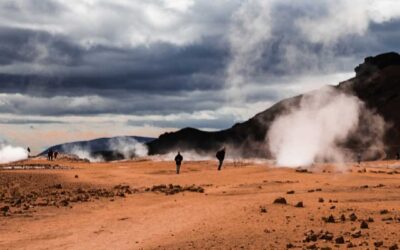It turns out sperm whales are every bit as good for the atmosphere as they are awesome to look at. Scientists from Australia have calculated that the whales may in fact be responsible for the removal of 200,000 tonnes of carbon every year, approximately the same as taking 40,000 cars off the road.
Large mammals are generally considered to be net emitters of CO2 – breathing out carbon dioxide will do that. But mammals also deposit … other things.
Whale poop, it turns out, is an exceedingly important component of nutrient cycling in the Southern Pacific Ocean. Phytoplankton growth is limited by micronutrients in the open ocean, especially minerals derived from rocks. Some places like the Northern Atlantic and Northern Pacific benefit from dust deposits picked up from neighboring Asian and African continents, respectively. But the Southern Pacific, while receiving tons of nitrogen from the deep-sea “conveyer belt,” doesn’t get enough iron to maximize phytoplankton growth and primary productivity.
Phytoplankton are the trees of the ocean, breathing in carbon dioxide and therefore reducing the concentration of CO2 in the upper ocean and the atmosphere. And so whales that traverse the open ocean, eating krill elsewhere and depositing their iron-rich feces in the Southern Pacific, are in fact a key link in the global carbon cycle.
Whale populations have been decimated, of course. The estimate is that sperm whales alone are one tenth their historic population size – meaning they were once responsible for 2 million tonnes of atmospheric carbon reductions. Saving whales isn’t just about preserving oceanic wildlife, this evidence suggests it’s also about restoring global nutrient cycling.
Brought to you by terrapass.com
Featured image








